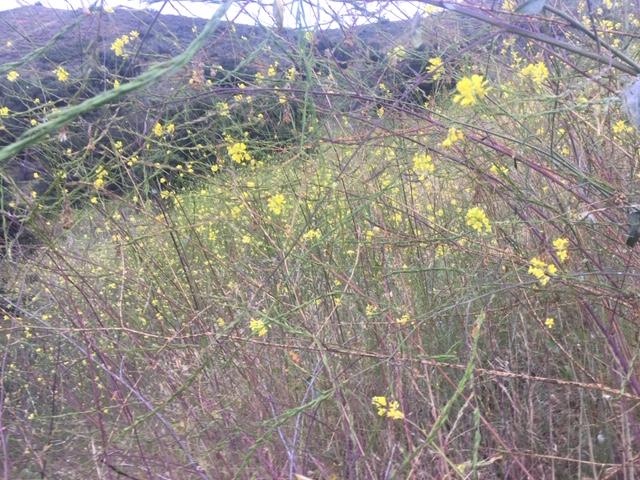Latest News and Updates from Audubon in California
California Condor. Photo: Scott Frier/USFWS

Sandy DeSimone, the director of research and education at the Audubon Starr Ranch in Orange County, sent us these two contrasting photos of hillside fauna on the property. In the top photo, you see nonnative yellow mustard seven feet tall and driving away native birds and insects. Just a little further up the hill in the bottom photo is a mature coastal sage scrub restoration site, where she heard Lazuli Buntings singing. As her research has shown, native rodents and rabbits keep the site weed free by consuming weeds and their seeds. The animals come in after the shrubs have enough cover and height to provide them with shelter for predator avoidance, foraging, and breeding.

Our newsletter is fun way to get our latest stories and important conservation updates from across the state.
Help secure the future for birds at risk from climate change, habitat loss and other threats. Your support will power our science, education, advocacy and on-the-ground conservation efforts.
Join the thousands of Californians that support the proposed Chuckwalla National Monument.